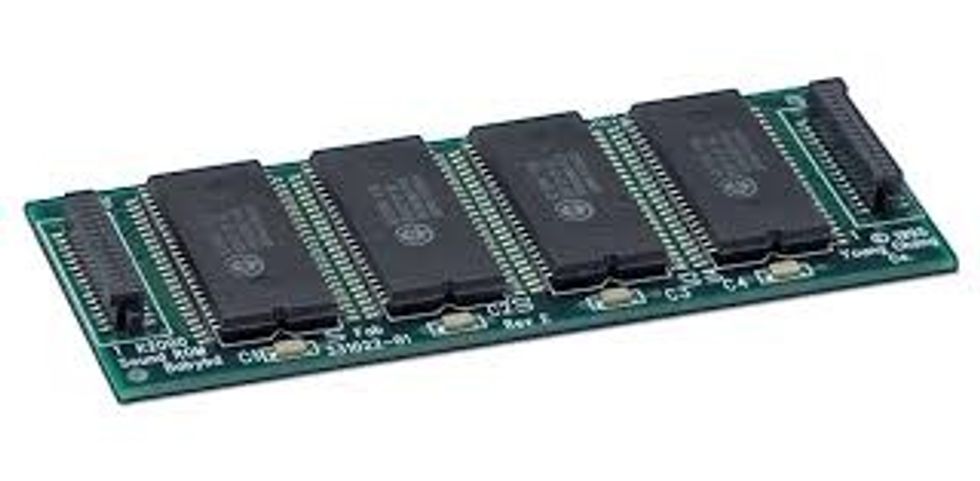STEPS
TOOLS

RAM stands for random access memory. The main function is to act as a temporary store of memory and program instructions so that they can be retrieved quickly by the CPU if needed.
If the computer loses power all the parts on it will be lost. This means the RAM is volatile because what ever was on the computer is lost. The data in RAM only is there when the computer is running.
RAM is measured in megabytes and gigabytes. A typical computer will have 256MB -4MB. The more memory that you have installed the quicker the computer will be. Most computers allow you to add more RAM.

ROM stands for read-only memory. ROM is permanent, non-volatile (cant be lost if a computer shuts down.) and read only. ROM cant be changed by a program nor user.
It contains programs and data needed by the BIOS to start up the computer. Without ROM the computer would be able to start.
The ROM chip (although there may be more than one) is attached to the Motherboard. We need ROM so that it permanently stores programmes and data needed to boot the system.

The virtual memory is way of pretending that the computer has more primary memory than it actually has. Virtual memory increases the available memory your computer has.
Ir does this by enlarging the address space, or places in memory where data can be stored. It does this by using hard disk space for for additional memory to go.
But because the hard drive is much slower than RAM, it has to be brought back to the RAM in order to be used (mapped). Mapping takes longer than accessing it from the memory.
This means that the more virtual memory you have the slower the computer will be.
The creator of this guide has not included tools
The Conversation (0)
Sign Up